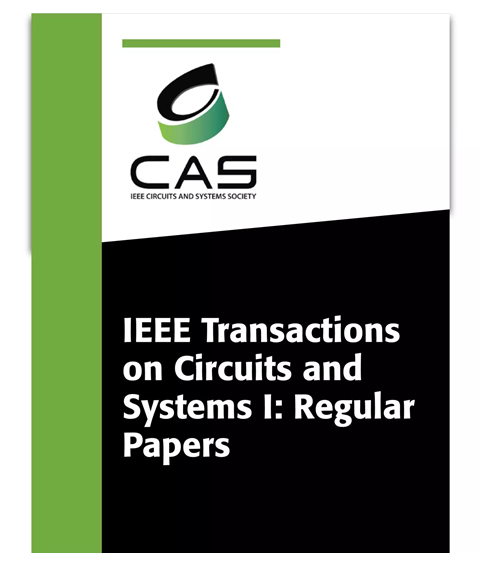Layer-Wise Mixed-Modes CNN Processing Architecture With Double-Stationary Dataflow and Dimension-Reshape Strategy
IF 5.2
1区 工程技术
Q1 ENGINEERING, ELECTRICAL & ELECTRONIC
IEEE Transactions on Circuits and Systems I: Regular Papers
Pub Date : 2024-08-01
DOI:10.1109/TCSI.2024.3434706
引用次数: 0
Abstract
With the development of convolutional neural networks (CNN) across various domains, the growth in network structure complexity and computational load has increasingly become a research focus in the deployment of neural networks. The key to current research on neural network accelerators lies in striking a balance between computational accuracy and energy efficiency. This paper proposes a software-hardware co-design to strike the balance for CNN edge applications. On the hardware side, a 3-dimensional tensor engine (3D-TE), achieved with reconfigurable Tensor Processing Units (TPUs), is introduced for efficient convolution computation. We optimize the CNN dataflow on 3D-TE using a dimension reshaping method for feature maps rearrangement, and a double stationary dataflow scheduling to reduce memory access. This paper adopts a configurable approximate multiplier design based on Boolean Matrix Factorization (BMF) based logic synthesis applied in the architecture of TPU. The proposed 3D-TE, characterized by its configurable precision, enables the TPUs to dynamically adapt the bitwidth of features and weights in response to varying precision requirements. On the software side, a hessian-guided layer precision mapping is adopted to reduce unnecessary computational overhead, and a progressive re-training approach is proposed to enable a better approximation configuration and higher power reduction. Fabricated on 28-nm CMOS, this work achieves an optimized energy efficiency of 14.9 TOPS/W and 12.1 TOPS/W for ResNet56 and MobileNetV2 respectively, with 0.6V supply voltage and 150MHz clock frequency, representing an improvement of采用双静态数据流和维度重塑策略的层智混合模式 CNN 处理架构
随着卷积神经网络(CNN)在各个领域的发展,网络结构复杂度和计算负荷的增长日益成为神经网络部署的研究重点。当前神经网络加速器研究的关键在于如何在计算精度和能效之间取得平衡。本文提出了一种软硬件协同设计方案,以实现 CNN 边缘应用的平衡。在硬件方面,我们引入了利用可重构张量处理单元(TPU)实现的三维张量引擎(3D-TE),以实现高效卷积计算。我们使用维度重塑方法对三维张量引擎上的 CNN 数据流进行优化,以重新排列特征图,并使用双静态数据流调度来减少内存访问。本文采用了基于布尔矩阵分解(BMF)的可配置近似乘法器设计,该设计基于应用于 TPU 架构的逻辑合成。所提出的 3D-TE 具有可配置精度的特点,使 TPU 能够根据不同的精度要求动态调整特征和权重的位宽。在软件方面,采用了海斯指导层精度映射来减少不必要的计算开销,并提出了渐进式再训练方法,以实现更好的近似配置和更高的功耗降低。这项工作采用28纳米CMOS制造,在0.6V电源电压和150MHz时钟频率下,ResNet56和MobileNetV2的优化能效分别达到了14.9 TOPS/W和12.1 TOPS/W,与最先进的工作相比,能效提高了1.33倍和8.28倍。
本文章由计算机程序翻译,如有差异,请以英文原文为准。
求助全文
约1分钟内获得全文
求助全文
来源期刊
CiteScore
9.80
自引率
11.80%
发文量
441
审稿时长
2 months
期刊介绍:
TCAS I publishes regular papers in the field specified by the theory, analysis, design, and practical implementations of circuits, and the application of circuit techniques to systems and to signal processing. Included is the whole spectrum from basic scientific theory to industrial applications. The field of interest covered includes: - Circuits: Analog, Digital and Mixed Signal Circuits and Systems - Nonlinear Circuits and Systems, Integrated Sensors, MEMS and Systems on Chip, Nanoscale Circuits and Systems, Optoelectronic - Circuits and Systems, Power Electronics and Systems - Software for Analog-and-Logic Circuits and Systems - Control aspects of Circuits and Systems.

 求助内容:
求助内容: 应助结果提醒方式:
应助结果提醒方式:


